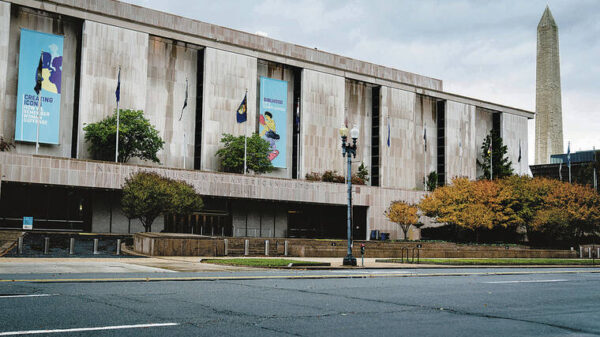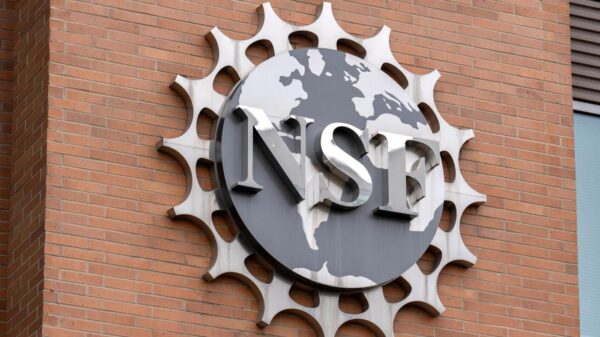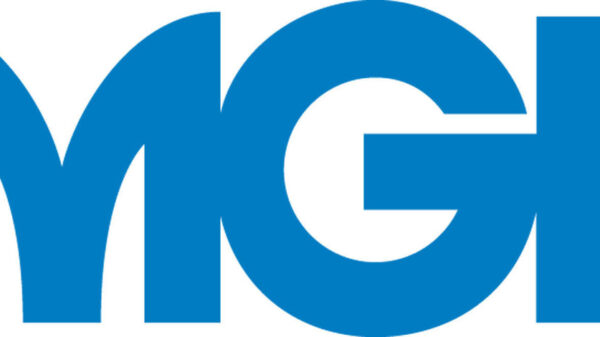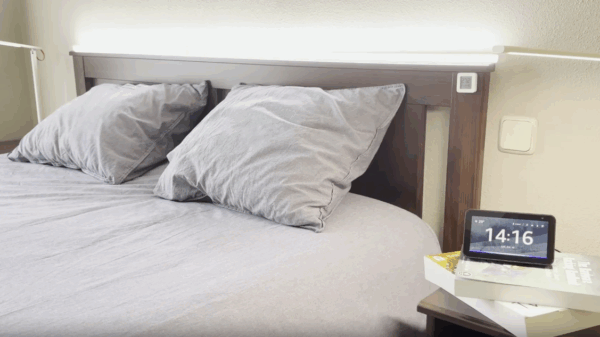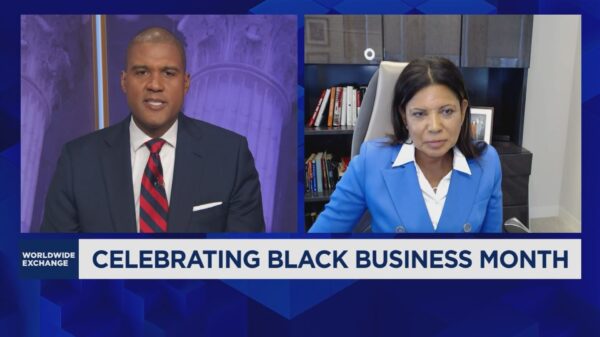The landscape of air travel is changing dramatically as most major US airlines are moving away from offering international first class cabins. This shift reflects broader economic trends and changing consumer preferences that prioritize efficiency and cost-effectiveness over traditional luxury.
Historically, international first class represented the pinnacle of air travel luxury, featuring lie-flat suites, premium dining options, and exceptional service. But as of now, only American Airlines continues to provide such a service, specifically through its Flagship First program available on select routes. This article explores the reasons behind the decline of international first class among US airlines and examines the evolving definition of premium air travel.
Declining Demand for First Class
Most US airlines, including Delta Air Lines and United Airlines, have removed their international first class offerings in favor of enhanced business class cabins. The primary reason for this trend is the high cost associated with first class seats, which take up significant cabin space and do not always guarantee full occupancy. In contrast, business class now offers an experience that closely resembles first class, complete with lie-flat seats and high-quality amenities, at a much lower price point.
The demand for ultra-premium travel is not substantial enough in the US market to justify the maintenance of traditional first class services. According to various industry analyses, modern business class experiences have blurred the lines with first class, leading airlines to invest in spacious business class seats instead of allocating cabin space to a less popular product.
Economic Factors at Play
Airlines base their decisions on a combination of demand, cost, and market behavior. First class seats are costly to install and maintain, and their revenue-to-cost ratio often does not favor their continued existence. A breakdown of seating configurations reveals that first class cabins typically accommodate only 1 to 4 seats per row, leading to lower revenue per square foot compared to business class, which can accommodate 4 to 6 seats per row.
The COVID-19 pandemic further complicated the airline industry. Many travelers from the upper middle class, who could afford first class in the past, have shifted to business class or premium economy, seeking better value for their travel budgets. Meanwhile, the wealthiest travelers have increasingly opted for private jets, which provide more comfort and privacy, often at a comparable cost to first class tickets.
Airline executives acknowledge that first class doesn’t make sense for most US carriers. American Airlines remains a unique case, continuing to offer its Flagship First service on select international routes, primarily due to legacy contracts and brand positioning. However, even American Airlines plans to transition to its new “Flagship Suite” business class offering, which is set to debut on Airbus A321XLR and Boeing 787-9 aircraft, indicating a broader shift away from first class entirely.
The Future of Premium Air Travel
The replacement for traditional first class is a new breed of business class that incorporates many of the luxuries previously associated with first class travel. This includes features like direct aisle access and enhanced privacy, making it difficult to distinguish between first class and modern business class offerings. International carriers such as Emirates, Singapore Airlines, and Air France still provide first class services, but their markets and aircraft types differ significantly from US airlines.
For travelers seeking premium experiences, the evolving business class options offer substantial comfort and amenities that rival those of first class, often at a reduced cost. The combination of fully-flat seats, gourmet meals, and exclusive lounges makes business class a compelling choice for most travelers.
In summary, the decline of international first class among US airlines is driven by changing consumer preferences and economic realities. While American Airlines continues to offer first class on select routes, even that service is expected to be phased out in the future. For travelers, the good news is that modern business class has never been better, delivering luxury and comfort without the extravagant price tag associated with traditional first class. As the industry adapts, expect business class to remain the dominant choice for premium air travel in the years to come.











